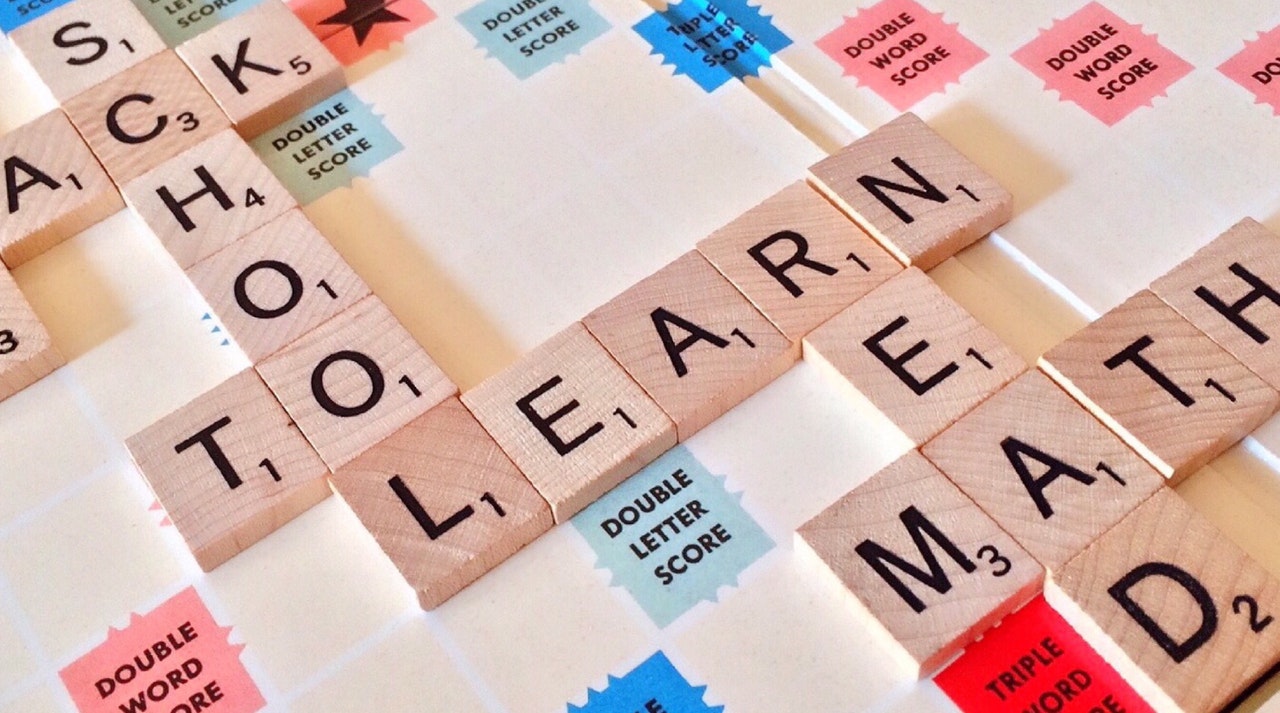


エルダーがふとリキのパソコンをのぞくと、campaign(キャンペーン)という単語のスペルがcampainになっていました。
「キャンペーン」は日本語でもすっかりおなじみの言葉。
発音のとおりにつづるとcampainになりそうなものですが、正しいスペルはcampaignです。
このように、英単語には発音とつづりにギャップのある語が存在します。
単語のスペルの中で読み上げない文字のことをsilent letter(黙字)といい、この黙字にはいくつかのパターンがあります。
以下の例文は、一部分が発音記号になっています。
発音記号を書いた単語のスペルを正しくつづれるか確認しましょう!
①
部屋に入る前にノックしてください。
Please on the door before you enter the room.
→「ノックする」はknock。knockは最初のkが黙字です。
②
これは世界で一番大きな墓だ。
This is the largest in the world.
→「墓」はtomb。tombは最後のbが黙字です。
③
シートベルトをお締め下さい。
Please your seatbelt.
→「締める、留める」はfasten。fastenはtが黙字です。
④
彼には借金がある。
He is in .
→「借金」はdebt。debtはbが黙字です。
⑤
窓側の席と通路側の席どちらがよろしいですか?
Would you like a window seat or an seat?
→「通路」はaisle。aisleはsが黙字です。




